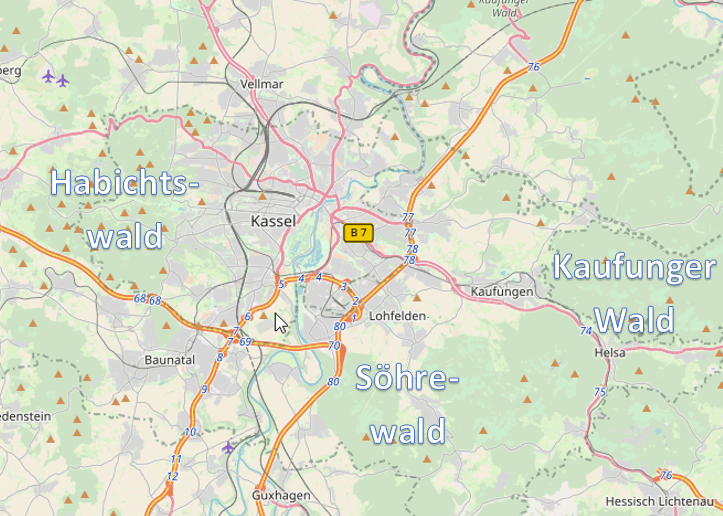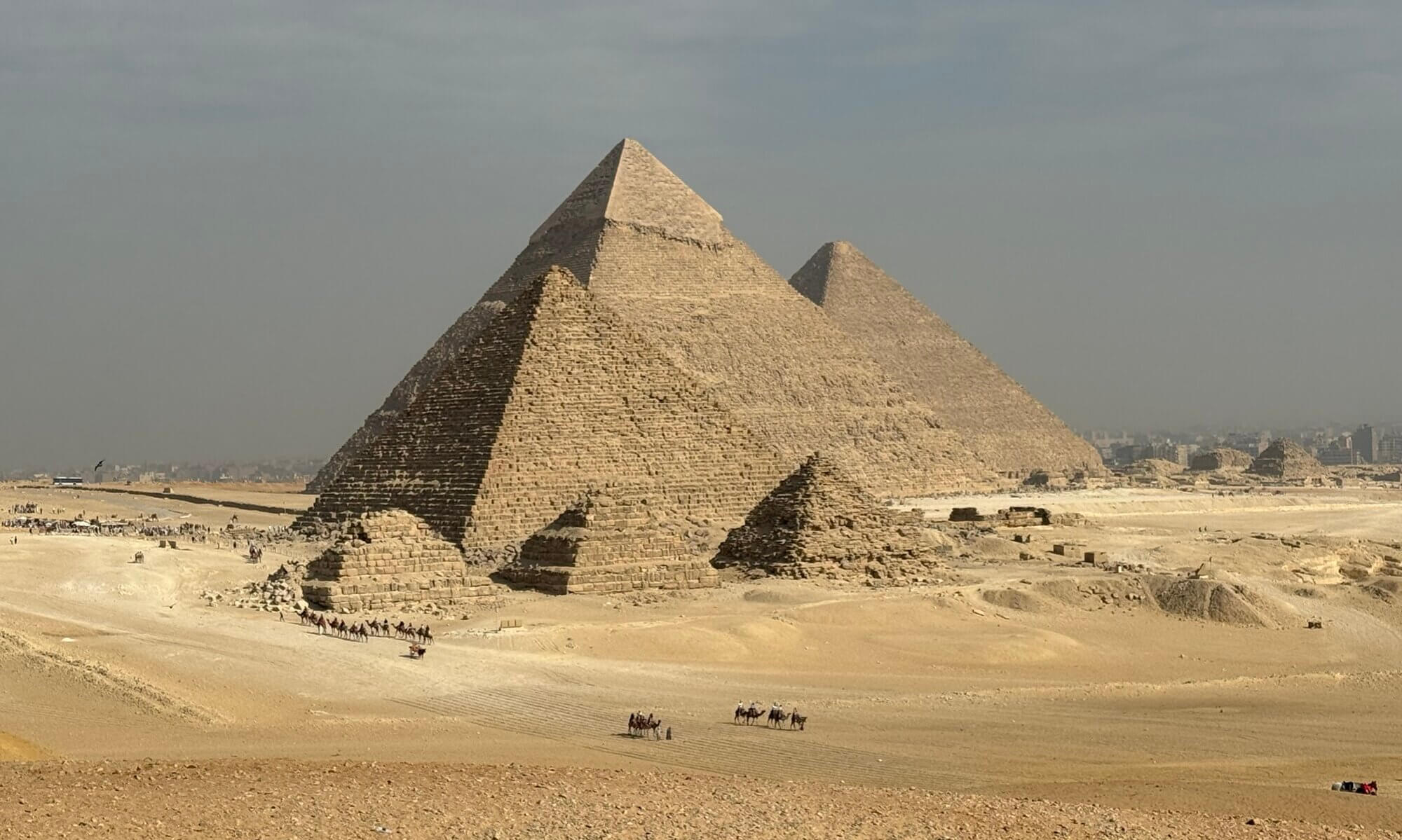A lot of cities in Germany claim to be ‘green’, having many parks and forests. When people think of Kassel they typically think of a rather gray and boring city – if it is not the time of the documenta art exhibition. This view on the city mostly exists because Kassel was bombed massively in 1943 and the city center was destroyed to large extent – it isn’t one of these German city centers with ancient buildings. The beautiful places of Kassel all are located a bit aside and you need to take your time to discover them.
Artificial parks and wetlands
The Bergpark Wilhelmshöhe is a 2.4 square kilometers large vast landscape garden at a mountain belonging to the Habichtswald. The Bergpark is designed in the style of an English landscape garden with baroque and neo-classical elements. It is especially famous for its ‘Wasserkünste‘ (waterworks) that use 200 to 300 years old techniques and work without electricity. Read more…
The Staatspark Karlsaue is public garden in baroque style at Kassel, Germany that has been created from the year 1568 on. At the northern end you will find the Orangerie with a museum, the Marmorbad, a restaurant and a giant bowling green in front. There you can find different statues and three main axes: in the east the Hirschgraben, in the west the Küchengraben and in the middle an alley leading to the Aueteich with the Schwaneninsel with a neoclassical temple. Read more…
The Buga or Fuldaaue: If the inhabitants of Kassel, Germany talk about the ‘Buga‘ than they mean something different than the rest of the country. ‘Buga‘ here refers to the Fuldaaue, an area that was redesigned by the Bundesgartenschau 1981 (federal horticultural show, abbreviated as ‘Buga‘). Kassel has seen two Bundesgartenschauen: in 1955 when the Karlsaue was restored after the war and in 1981 when within the Fuldaaue the ‘BUGA-See‘as a swimming lake with different small beaches was created. Read more…
Forests surrounding the city
Apart from these rather artificial gardens you can always reach a forest pretty fast from everywhere in the city. The two (or three) main forests are:
The Habichtswald is a 474 square kilometers large nature reserve on the grounds of the city of Kassel. It was founded in 1962 and the Bergpark Wilhelmshöhe is officially part of it. In addition you an find many rivers (like the Ahne, Drusel or Geile), mountains (like the Bilstein, Elfbuchen, Hohes Gras or Hoher Dörnberg) and castle ruins (like the Weidelsburg) there. You can reach the Habichtswald at Kassel easily by bus and tramway. An alternative is the Hessencourrier, a steam-engine powered train going to Naumburg.
The Kaufunger Wald is 170 square kilometers large and located in Hesse and Lower Saxony. It spreads out from Kaufungen to Hann. Münden and Witzenhausen. There are also numerous mountains (like another Bilstein, the Hirschberg, or the Steinberg), rivers like Nieste and Losse, but also artificial lakes like the Steinbergseen. Most often visited are the tower on the Bilstein, the swamp Hühnerfeld, the castle ruin Sichelnstein and the fun park Ziegenhagen. Most parts are best accessed by car. The Söhrewald is officially seen as part of the Kaufunger Wald. It contains the Hirschberg and the river Losse runs through it. You can spot the Söhre easily from Kassel as there are high wind turbines on top that have red lights you can’t oversee at night.

In addition you can find the Reinhardswald north of the city. It isn’t directly next to Kassel but it offers a vast area, also with virgin forests. You should visit the castle Sababurg, the Tierpark and the Urwald there.
And if that isn’t enough for you – take a look at the nature reserve Dönche, the Hutewiesen with old oaks, the Brasselsberg, the Park Schönfeld, the Goethe-Anlage, the Stadthallengarten, the Nordstadtpark, the Aschrottpark, the Tannenwäldchen or the Hessenschanze. But it’s just an incomplete list of nice green places to visit.
